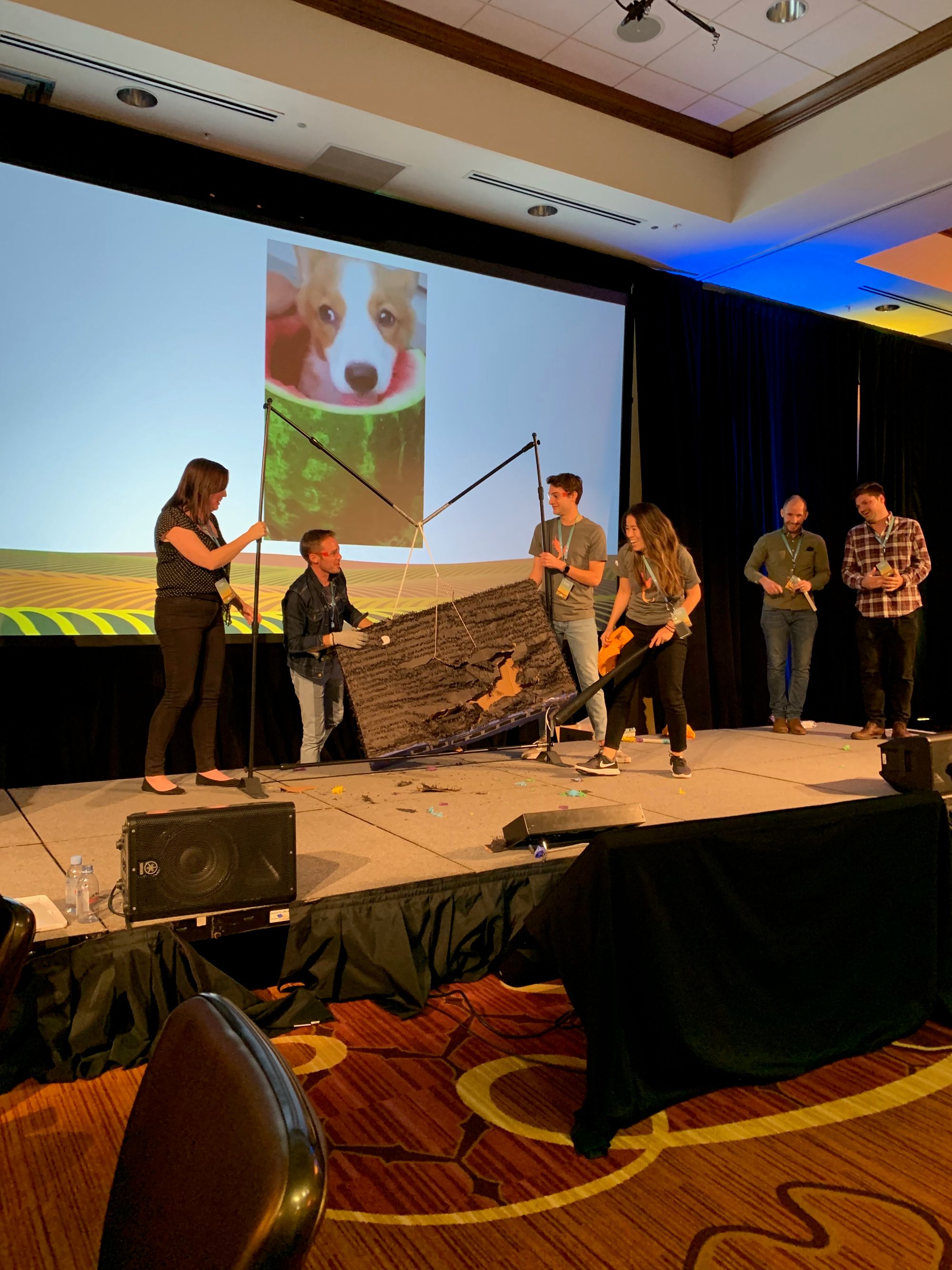Integrating Ansible and Red Hat Enterprise Linux 8 Beta
Red Hat is proud to announce that Ansible supports managing Red Hat Enterprise Linux 8 Beta hosts. Before you can manage Red Hat Enterprise Linux 8 Beta nodes with Ansible 2.7, though, you need to set the appropriate python interpreter. Ansible allows you to manage a huge range of hosts and devices, from legacy systems to beta-release testing platforms, by working with both Python 2 and Python 3. However, with Ansible 2.7 managing Red Hat Enterprise Linux 8 Beta, you must define which Python to use. When Ansible 2.8 is released, we plan for Ansible to automatically discover the correct Python to use on Red Hat Enterprise Linux 8 Beta hosts.
Setting the Python interpreter on Red Hat Enterprise Linux 8 Beta managed nodes
You can define the python interpreter Ansible should use on your Red Hat Enterprise Linux 8 Beta nodes with an inventory host_var, a group_var, a play, or an ad-hoc command. You must do this on every Red Hat Enterprise Linux 8 node just as you would for any Python3 enabled host. To set the python interpreter in your inventory with a host_var:
[RHEL8hosts]
RHEL8.example.com ansible_python_interpreter=/usr/libexec/platform-python
This example directs Ansible to use Continue reading






 Despite saying VMware should be worth $300 per share, and filing a lawsuit against Dell to stop the deal, Icahn late today issued a statement that essentially says he’s done fighting.
Despite saying VMware should be worth $300 per share, and filing a lawsuit against Dell to stop the deal, Icahn late today issued a statement that essentially says he’s done fighting.